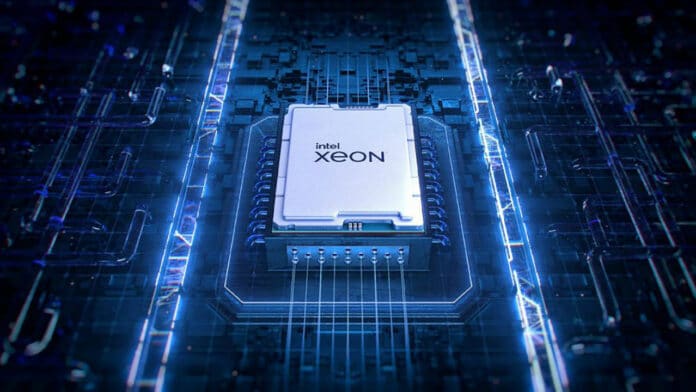As the world leader in computer processing, Intel processors have a long and fascinating history. The company has always been renowned for producing powerful CPUs, but not necessarily the most energy-efficient ones.
However, the company is now looking to change that perception with its next-generation Intel Xeon product lineup built on a new, innovative platform architecture recently unveiled at the Hot Chips 23 conference.
The platform marks an important evolution for Intel Xeon by introducing processors with a new Efficient-core (E-core) architecture alongside its well-established Performance-core (P-core) architecture. Code-named Sierra Forest and Granite Rapids, respectively, the upcoming products will provide customers with simplicity and flexibility, featuring a compatible hardware architecture and shared software stack to tackle critical workloads like artificial intelligence.
Intel Xeon processors with E-cores (Sierra Forest) are designed to deliver density-optimized computing in the most power-efficient manner. Sierra Forest offers best-in-class power-performance density, which can be particularly beneficial for cloud-native and hyperscale workloads.
The data center chip will handle more than double the amount of computing work that can be done for each watt of power used. Intel has hinted that its Sierra Forest chip, to arrive next year, will have 240% better performance per watt than its current generation of data center chips. In addition, it offers support for 1S and 2S servers, with up to 144 cores per chip and Thermal Design Power (TDP) as low as 200W.
On the other hand, the Granite Rapids chip with the company’s traditional P-cores will focus on performance but consume more power. These processors have been optimized to provide the lowest total cost of ownership for high-core performance-sensitive workloads as well as general-purpose compute workloads.
Xeon processors are currently leading the pack when it comes to AI performance, and Granite Rapids is set to enhance that performance even further. With built-in accelerators, targeted workloads can get an extra performance boost for even greater performance and efficiency. They will provide 2-3 times better performance for mixed AI workloads and higher memory bandwidth, core count, and cache for compute-intensive workloads.
Intel claims the Sierra Forest model will only allow for two sockets per installation, while the Granite Rapids model will scale up to 8 sockets. This shows that Sierra Forest is prioritizing efficiency over scalability.
Sierra Forest is expected to arrive in the first half of 2024, with Granite Rapids following later in the year.
